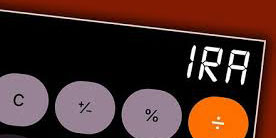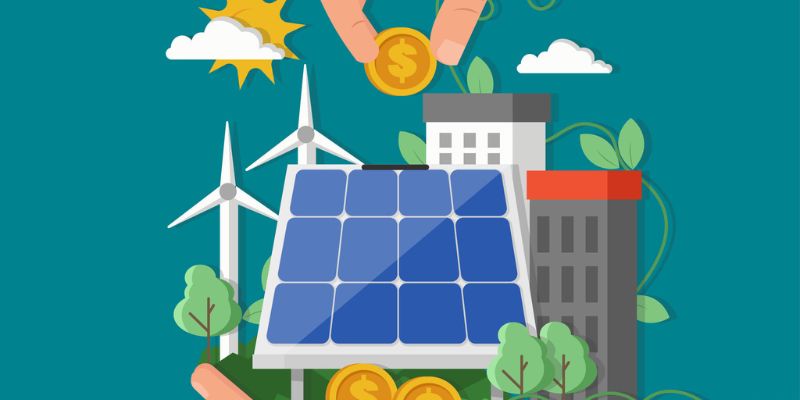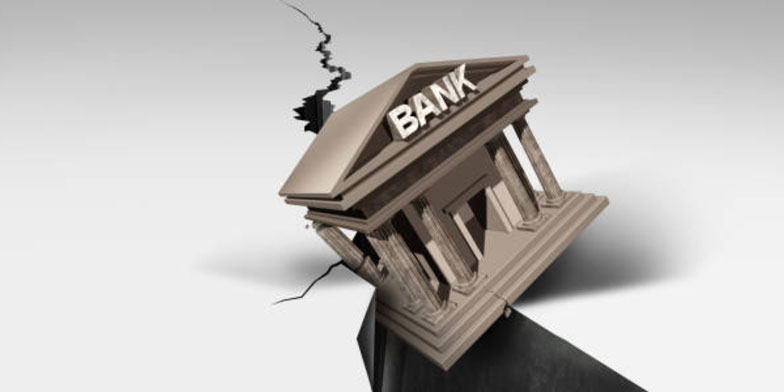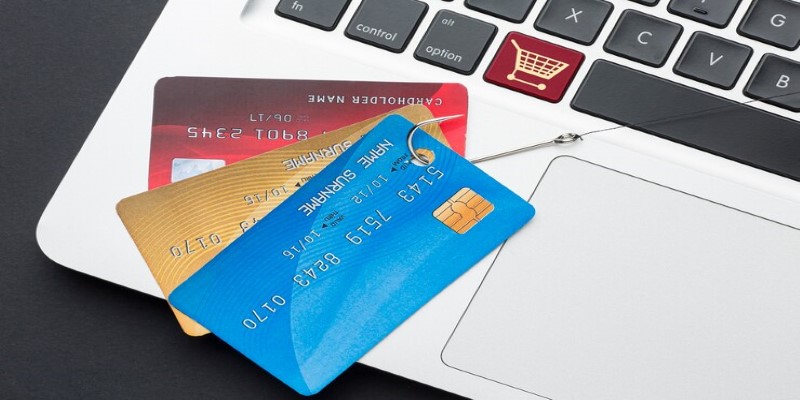
Navigating the intricacies of credit card debt is vital for effective financial management, especially given the higher interest rates associated with credit cards. Compounding interest can quickly escalate balances, underscoring the need for strategic planning.
This guide delves into the essentials that will help you make an informed financial decision. Without any further delay, let's get straight into the guide to begin exploring!
Understanding Credit Card Debt
When it comes to managing your finances, understanding the specifics of credit card debt is crucial. Credit cards often carry higher interest rates compared to other forms of debt, making them a priority for many individuals looking to regain control of their financial situation.
The Impact of Compounding Interest
One of the key reasons to prioritize credit card debt is the compounding interest that quickly escalates your overall balance. High interest rates mean that even a seemingly modest credit card balance can balloon over time, turning a manageable debt into a significant financial burden.
Listing Your Credit Card Debts
Start by creating a comprehensive list of your credit card debts. Note down the interest rates and minimum payments associated with each card. This snapshot of your credit card landscape will provide a clear picture of where you stand and where you can make strategic moves to alleviate your debt.
Tackling Loan Debt
While credit card debt often takes the spotlight due to its high interest rates, loans come with their unique challenges and opportunities. Whether it's a personal loan or a student loan, understanding the dynamics of loan debt is essential for effective financial management.
The Nature of Loan Debts
Unlike credit cards, loans may have lower interest rates, but they are typically larger sums with longer terms. It's essential to evaluate the types of loans you have, their respective interest rates, and the terms associated with each. This detailed understanding forms the foundation for making informed decisions about your debt repayment strategy.
Evaluating Loan Interest Rates
Compare the interest rates on your loans against your credit card debts. While loans generally have lower interest rates, the total amount owed might be substantial. Assessing the interest rates will help you prioritize your debts strategically, addressing the most financially impactful ones first.
Making Informed Decisions Between Credit Card and Loan Debt
Now that you have a clear understanding of both credit card and loan debt, it's time to make informed decisions based on your unique financial situation and goals.
Consider Your Interest Rates

Take a closer look at the interest rates attached to your credit card and loan debts. Given that credit card debt tends to have higher interest rates, targeting this debt first can minimize the long-term financial impact. By focusing on high-interest debts, you're taking a significant step toward financial freedom.
Assessing Your Financial Goals
Your financial goals act as a compass in guiding your debt repayment strategy. If you have short-term financial goals, prioritizing the payment of high-interest credit card debt can free up money for other priorities. Conversely, if your focus is on long-term goals, a strategic approach to managing loan payments may be more appropriate.
The Snowball vs. Avalanche Method
Two common ways to repay debt are the snowball and avalanche methods. With the snowball method, you start by paying off your smallest debts first, building momentum and motivation. The avalanche method focuses on high-interest debts, helping you save money on interest payments. Pick the method that suits your financial habits and goals.
Practical Tips for Effective Debt Management
Now that you've gained insights into the intricacies of credit card and loan debt let's explore practical tips and habits to enhance your debt management strategy.
Create a Realistic Budget
Develop a comprehensive budget that allocates funds for debt repayment while covering essential expenses. Having a clear budget provides a roadmap for your financial journey.
Cut Unnecessary Expenses
Identify non-essential expenses that can be trimmed to redirect funds toward debt repayment. Small sacrifices in discretionary spending can make a significant impact over time.
- Automate Payments
Set up automatic payments for minimum amounts or more if possible. Automation ensures that you stay on track with your debt repayment schedule and avoid late fees.
Build an Emergency Fund
Prioritize building an emergency fund to cushion against unexpected expenses. Having a financial safety net prevents you from relying on credit cards during unforeseen circumstances.
Track Your Progress
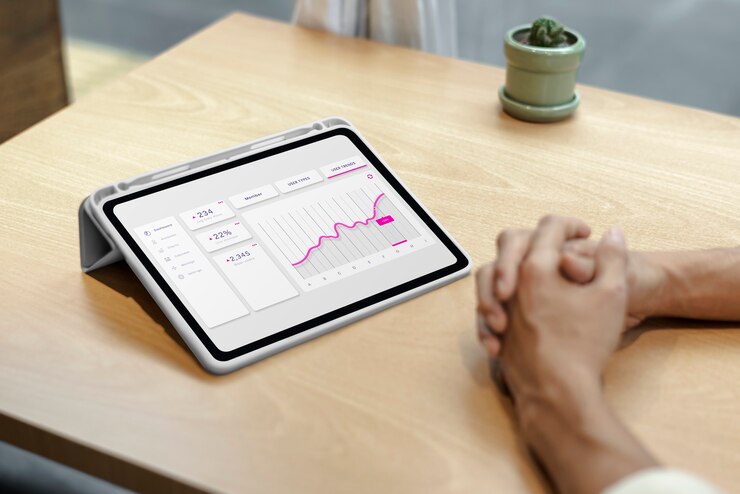
Regularly monitor your debt repayment progress. Celebrate milestones, whether it's paying off a credit card or reaching a specific reduction goal. Tracking progress keeps you motivated on your journey to financial freedom.
Explore Additional Income Streams
Consider exploring side hustles or additional income streams to supplement your primary source of income. The extra income can be directed towards accelerating debt repayment.
Educate Yourself on Financial Literacy
Invest time in enhancing your financial literacy. Understanding financial concepts empowers you to make informed decisions, negotiate better terms with lenders, and navigate your financial landscape more effectively.
Avoid Accumulating New Debt
Resist the temptation to accumulate new debt while repaying existing obligations. Focus on breaking the cycle of reliance on credit and gradually shift towards a debt-free lifestyle.
By incorporating these practical tips into your financial routine, you can not only manage your current debt effectively but also lay the foundation for a more financially secure future.
Conclusion
In conclusion, the decision to pay off credit card or loan debt first hinges on a combination of factors unique to your financial situation. Understanding the intricacies of both types of debt, considering interest rates, and aligning your strategy with your financial goals are critical steps.
Whether you choose the snowball or avalanche method, maintaining an emergency fund and seeking professional advice add layers of stability to your financial journey. Remember, small, consistent efforts compound over time and contribute significantly to your overall financial well-being.


